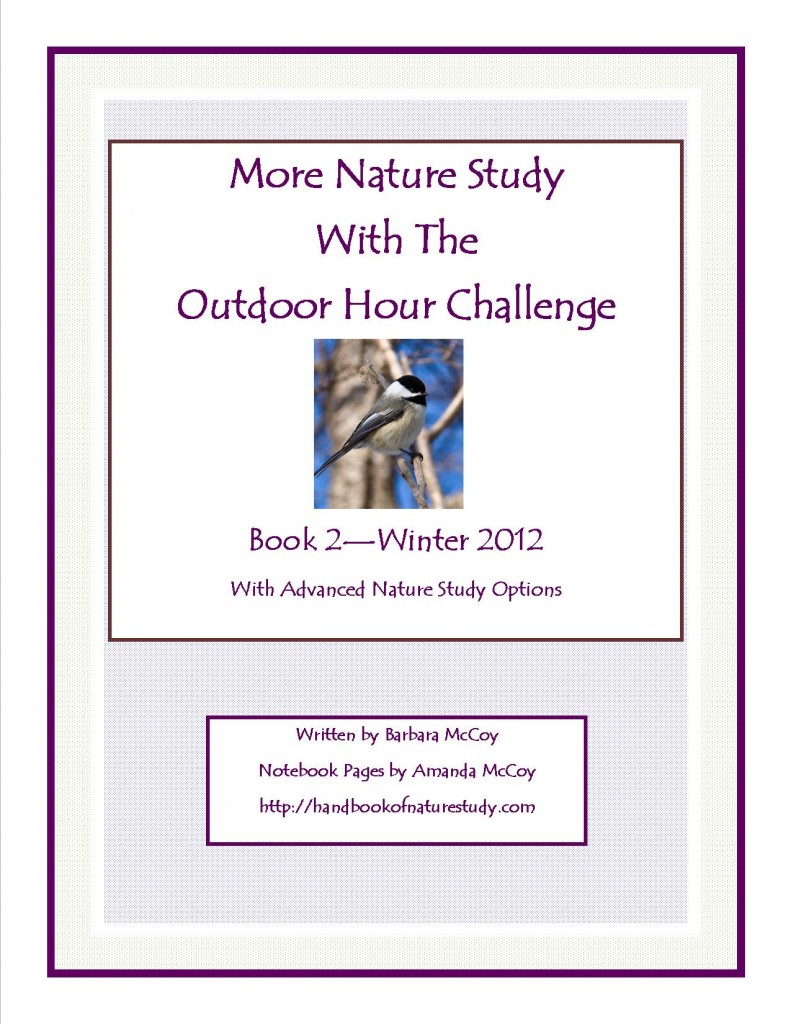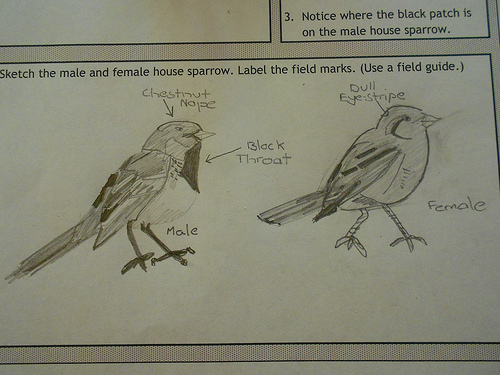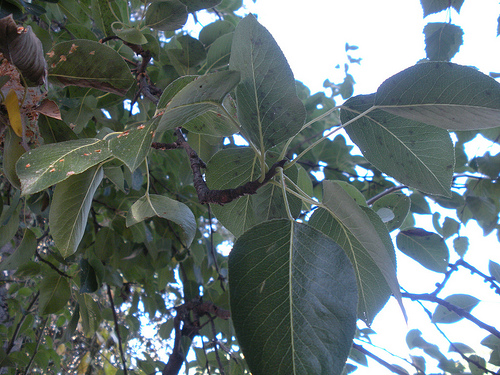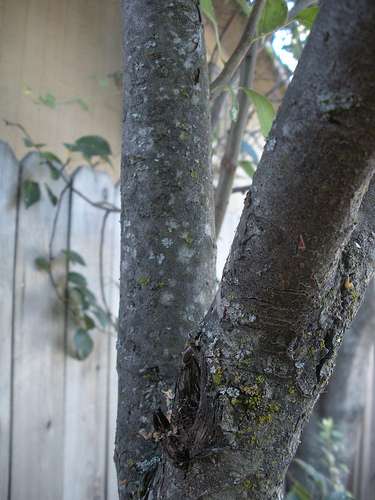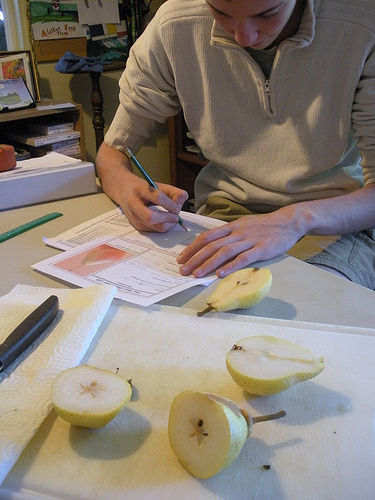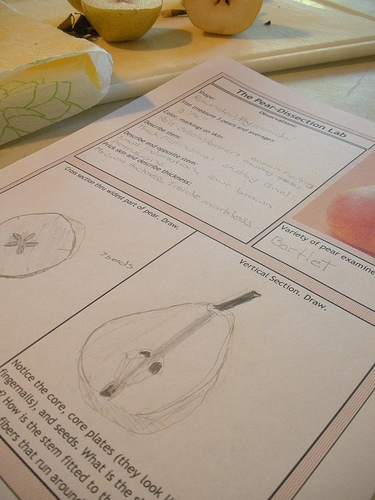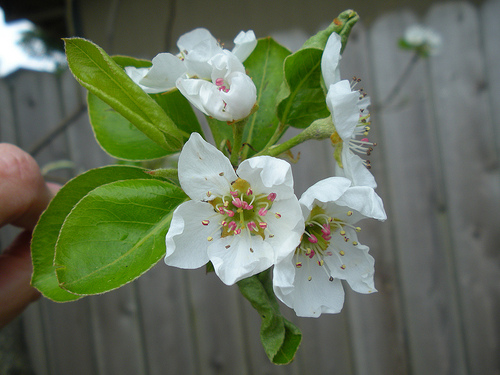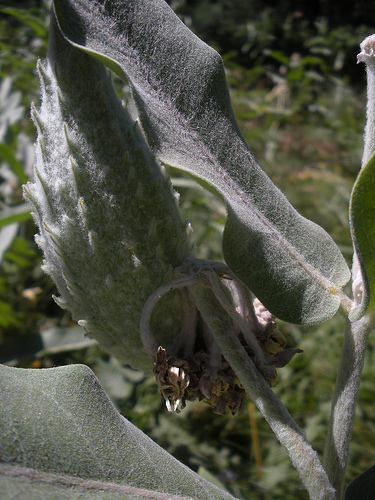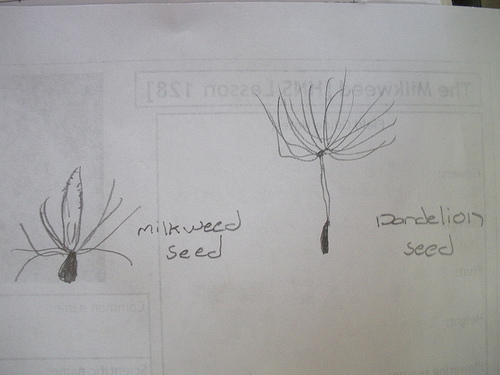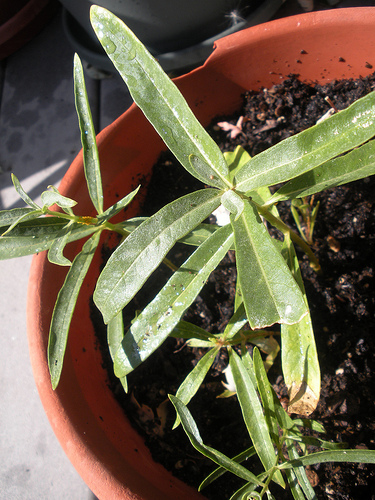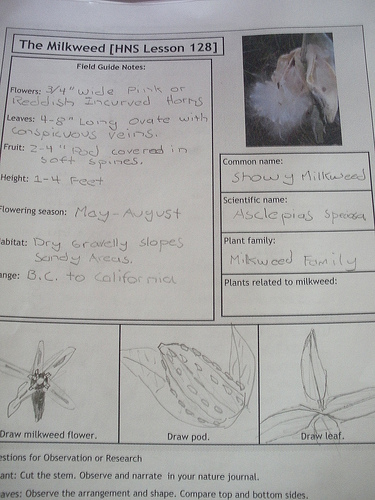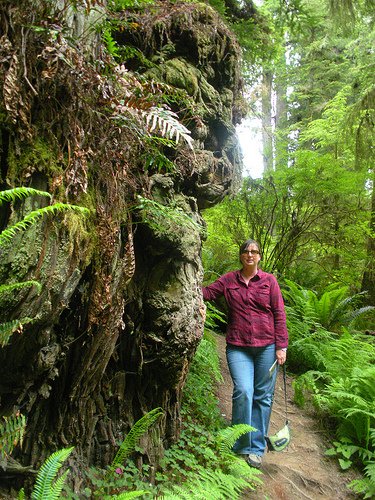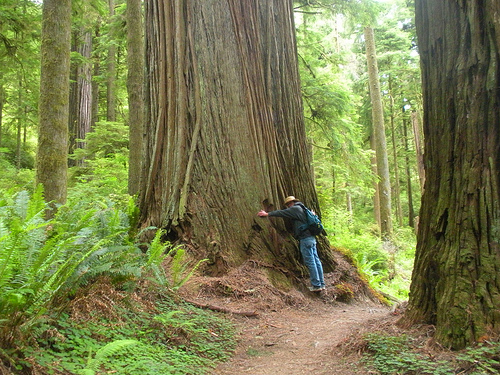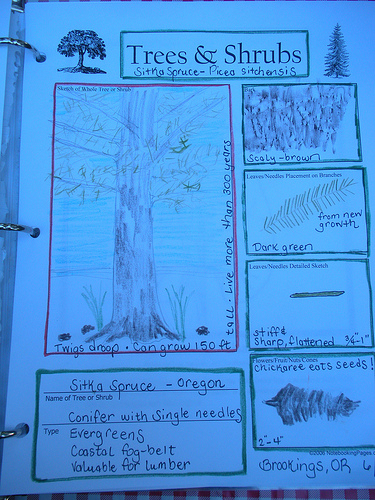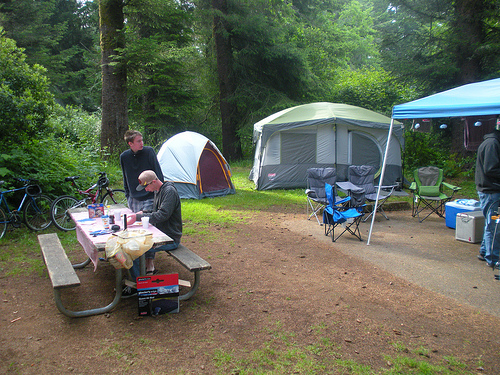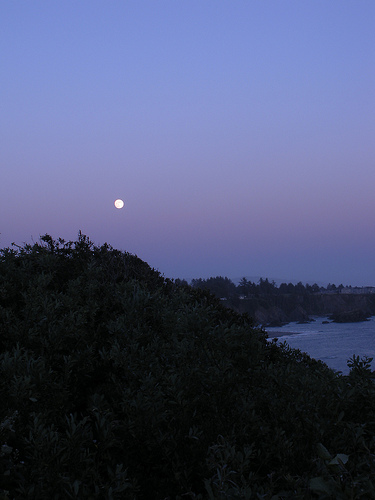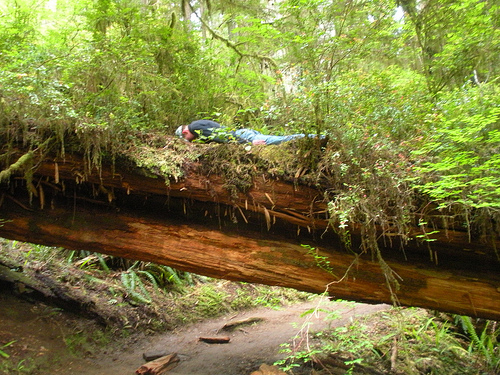- Take a Winter Weather Walk and observe as many things in your neighborhood as possible that are special about the winter season.
- Advanced study: Challenge yourself to take a walk keeping completely silent. Go as a family or all alone.
After checking our weather for the next few weeks, we realized that a winter weather nature walk was not going to happen any time soon. Our Winter Wonder Walk became our Silent Nature Walk instead. This was part of the advanced study suggested for the first challenge from the More Nature Study Book 2 ebook plans.
We loaded up the Kona dog and headed to our favorite local trail. Mr. B started off ahead of me so we wouldn’t be tempted to talk. This was a good plan since it also separated us a little as we walked and it seemed that we were all alone which allowed the sounds of the woods to be easily heard.
A few of the things I observed on our Silent Nature Walk:
1. Greenness of the ferns growing alongside the trail on the hillside.
2. Dry trail with acorns..crunching leaves.
3. Birds singing in the woods. The only one I recognized is the Northern Flicker. I also heard some wing flutters coming from the bushes lining the path.
4. The buzz of an insect which I couldn’t see.
5. I noticed a pile of feathers where some forest animal had made a meal.
Mr. B wrote his observations on a notebook page when we got home and I was impressed with the different things he noted that I missed as noted below:
1. He heard five birds.
2. He noticed the river’s rushing sound and how it changed as we walked down the canyon.
3. Scrunch of the needles and the pat of the dirt.
He brought home an acorn to sketch into his journal and I brought home a few samples of ferns, an acorn, a weed, and a feather.
I was fascinated by the spores on the back of the ferns. I won’t detail here all I learned from the Handbook of Nature Study on ferns but we will in the future have a challenge featuring ferns. I found a wealth of information in Lesson 195 on the fruiting of the fern. There is always something new and interesting to learn.
I identified my ferns as the Wood Fern, the Western Sword Fern, and California Maidenhair Fern.
Silence. It is a great way to glean a little more from a walk if you can give it a try. I have to admit that several times on the walk when I couldn’t see Mr. B or the Kona dog that I was a little uneasy. It can be too quiet sometimes. I think we become accustomed to having background noise in our life from the computers, the clocks, music, traffic, and each other. Seeking out the quiet is something I think we should do on a regular basis and I will be adding this to future challenges, at least for the advanced study option. I encourage you to grow your children into the habit of spending a least a few minutes of every outdoor nature study time being silent and really listening.
It is not too late to join us for this new series of nature study challenges using the Handbook of Nature Study. All of the challenges for this series are gathered into an ebook format along with custom made notebook pages. Click over and see the details and join us this week for a new posted challenge on Friday.











